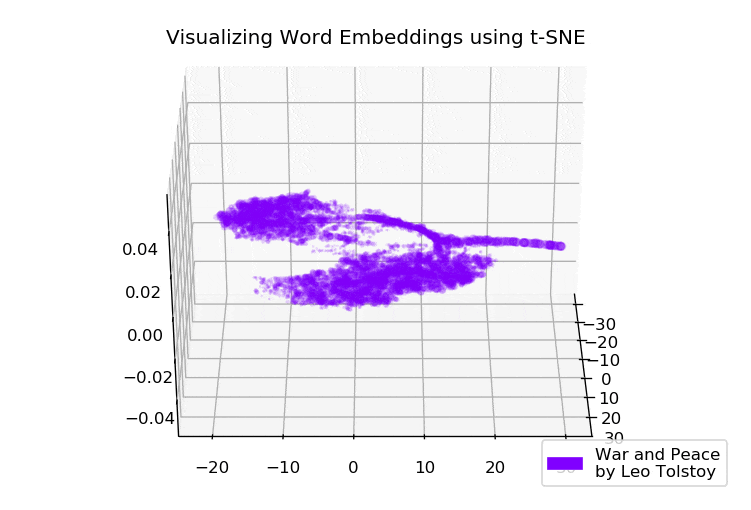Tarantool: an analyst's view
Many system analysts and engineers are keen to know:
- How to design the architecture of a trigger platform for real-time marketing?
- How to arrange a data structure that would be in line with the requirements of a marketing strategy for interacting with clients?
- How to ensure the stable operations of the system under very heavy workloads?
Such systems are based on technologies of high-load processing and Big Data analysis. We have accumulated considerable experience in these areas. Our expertise is in high demand on the market. I'm going to show how we help our customers to switch from off-line to on-line in their interactions with clients using Real-Time Marketing solutions based on Tarantool.



























